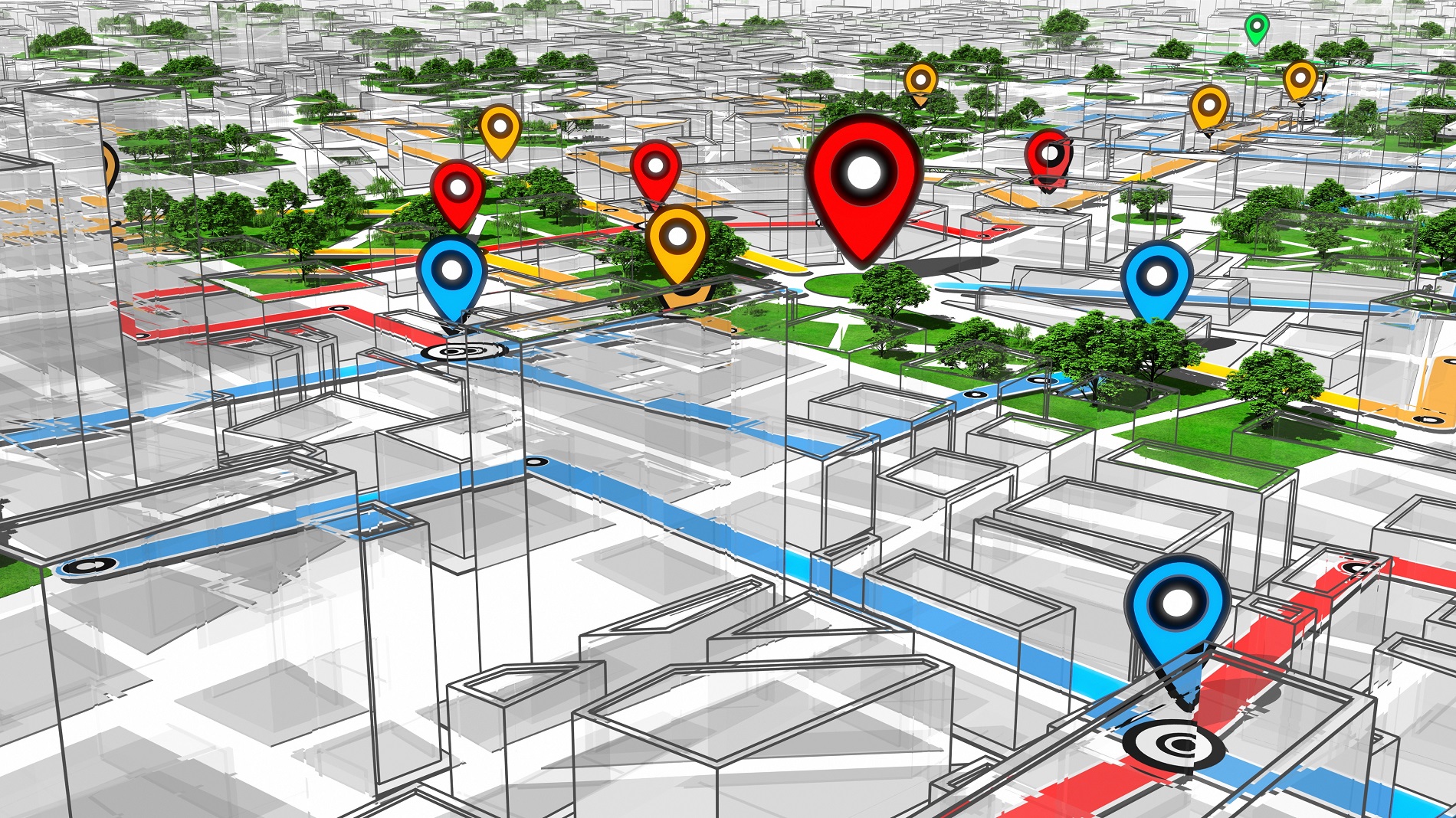Affordable Geofencing
Are you looking for a cost-effective way to reach your target audience and drive more traffic to your business? Look no further – Affordable Geofencing is here to help! Geofencing marketing is a powerful strategy that allows you to target potential customers based on their physical location, delivering personalized and relevant messages straight to their smartphones.
With Affordable Geofencing, you can create virtual boundaries around specific locations, such as your competitor’s store or a local event, and instantly connect with potential customers within that area. This targeted approach ensures that your marketing messages are reaching the right people at the right time, increasing the chances of conversion and customer engagement.
Our geofencing solutions are tailored to fit your budget and business requirements, providing you with an affordable yet highly effective marketing tool. Whether you’re a small business owner or a large enterprise, Affordable Geofencing offers flexible pricing options to suit your needs.
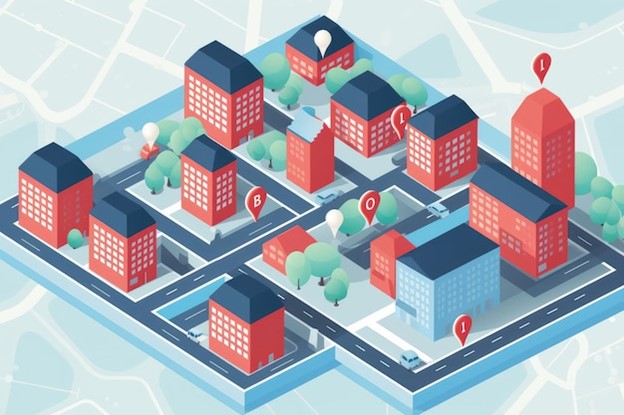
Understanding Geofencing
Geofencing is a location-based marketing technique that uses GPS or RFID technology to create virtual boundaries around specific locations. These boundaries, also known as geofences, can be as small as a single building or as large as an entire city. When a user enters or exits a geofenced area, a triggered action is initiated, such as sending a push notification, displaying an ad, or delivering a personalized message.
Geofencing allows businesses to target potential customers based on their physical location, delivering highly relevant and timely marketing messages. This technology is especially effective for businesses with a physical presence, such as retail stores, restaurants, and event venues. By leveraging geofencing, businesses can engage with their target audience at the right place and time, increasing the likelihood of conversion and customer loyalty.
In addition to its marketing benefits, geofencing also provides valuable insights into consumer behavior and preferences. By analyzing location data, businesses can better understand their customers’ habits, interests, and preferences, allowing them to further optimize their marketing strategies and improve overall customer experience.
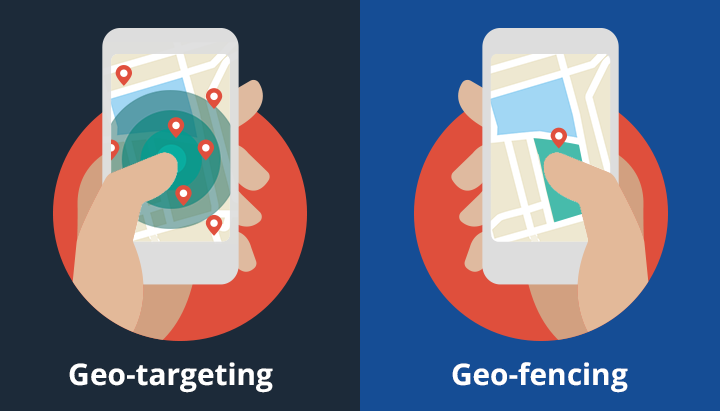
Benefits of Geofencing for Businesses
Geofencing offers a wide range of benefits for businesses of all sizes. Here are some key advantages of implementing a geofencing strategy:
- Targeted Marketing: Geofencing allows businesses to target potential customers based on their physical location, ensuring that marketing messages reach the right people at the right time. This targeted approach significantly increases the chances of conversion and customer engagement.
- Increased Foot Traffic: By creating geofences around your business location, you can attract nearby potential customers and drive more foot traffic to your store. Sending targeted offers, discounts, or personalized messages to users within the geofenced area can entice them to visit your business and make a purchase.
- Competitive Advantage: Geofencing provides businesses with a competitive advantage by allowing them to target their competitors’ customers. By creating geofences around competitor locations, businesses can deliver compelling offers and messages to attract customers away from their competitors and towards their own business.
- Enhanced Customer Experience: Geofencing enables businesses to deliver personalized and relevant messages to their customers based on their location. By sending targeted offers or recommendations, businesses can provide a more personalized and engaging customer experience, leading to increased customer satisfaction and loyalty.
- Data Insights: Geofencing provides valuable data insights into consumer behavior and preferences. By analyzing location data, businesses can gain a better understanding of their customers’ habits, interests, and preferences, allowing them to optimize their marketing strategies and improve overall customer experience.
Geofencing Statistics and Trends
The use of geofencing in marketing has been steadily growing, with businesses recognizing the value and effectiveness of this location-based strategy. Here are some key statistics and trends that highlight the impact of geofencing:
- According to a report by MarketsandMarkets, the global geofencing market is expected to reach $2.7 billion by 2023, growing at a compound annual growth rate (CAGR) of 27.5% during the forecast period.
- A study by Localytics found that personalized push notifications, such as those delivered through geofencing, have a 54% higher click-through rate compared to generic push notifications.
- Research by Retail Dive revealed that 61% of consumers prefer personalized offers and recommendations based on their location.
- According to a survey by Blis, 33% of consumers are more likely to make a purchase within a day after receiving a location-based ad.
These statistics highlight the growing importance of geofencing in marketing and the significant impact it can have on customer engagement and conversion rates. By leveraging the power of geofencing, businesses can stay ahead of the competition and drive real results for their business.
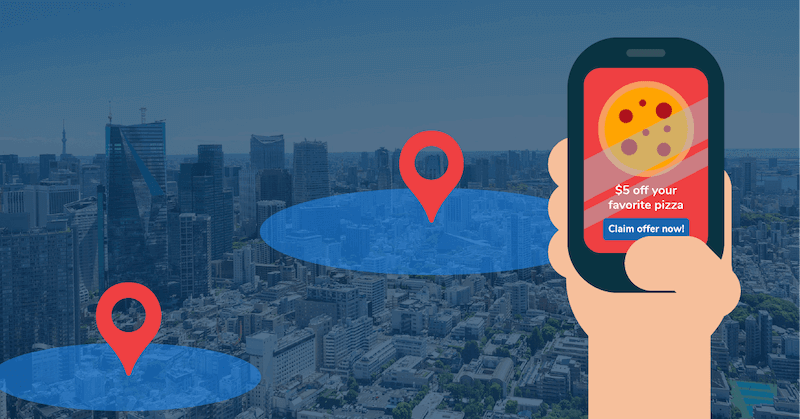
Implementing an Affordable Geofencing Strategy
Implementing an affordable geofencing strategy doesn’t have to be complicated. Here are some key steps to consider when implementing a geofencing strategy for your business:
- Define Your Goals: Clearly define your marketing goals and objectives. Are you looking to drive foot traffic to your store, increase online sales, or raise brand awareness? Understanding your goals will help you tailor your geofencing strategy accordingly.
- Identify Your Target Audience: Identify your target audience and their physical locations. Are they located near your business, or do they frequent specific locations that are relevant to your business? Understanding your target audience’s locations will help you create effective geofences and deliver personalized messages.
- Create Engaging Content: Develop engaging and compelling content that resonates with your target audience. Whether it’s a special offer, a discount, or a personalized message, make sure your content is tailored to the interests and preferences of your audience.
- Choose the Right Geofencing Platform: Select a geofencing platform that suits your budget and business requirements. Consider factors such as ease of use, customization options, and data analytics capabilities when choosing a platform.
- Monitor and Optimize: Continuously monitor the performance of your geofencing campaigns and make necessary optimizations. Analyze data, such as click-through rates, conversion rates, and customer feedback, to identify areas for improvement and maximize the effectiveness of your geofencing strategy.
By following these steps and implementing an affordable geofencing strategy, businesses can harness the power of location-based marketing and drive real results for their business.
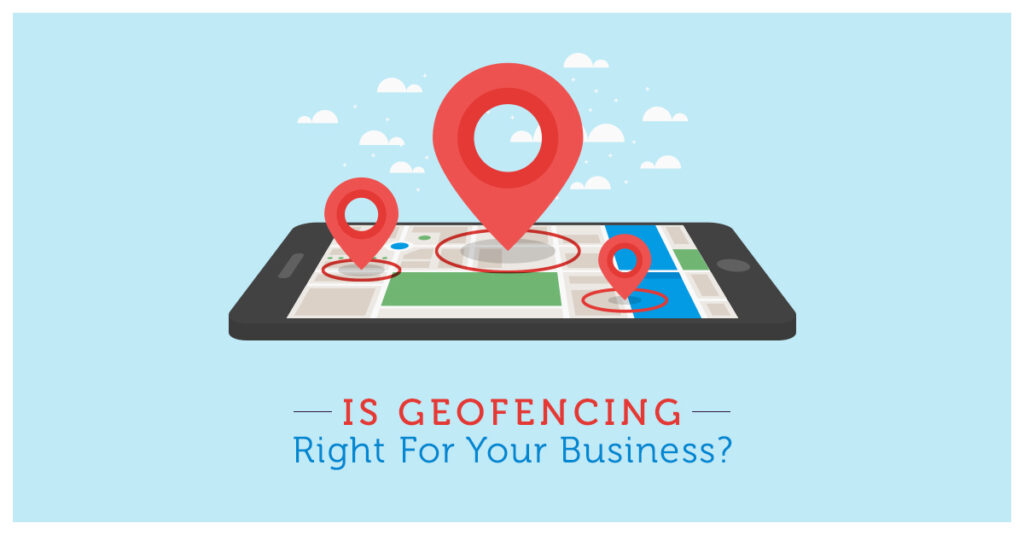
Choosing the Right Geofencing Platform
Choosing the right geofencing platform is crucial for the success of your geofencing campaigns. Here are some key factors to consider when selecting a geofencing platform:
- Ease of Use: Look for a platform that is user-friendly and easy to navigate. A user-friendly interface will make it easier for you to create and manage your geofences, as well as track the performance of your campaigns.
- Customization Options: Choose a platform that offers a wide range of customization options. This will allow you to tailor your geofencing campaigns to your specific business needs and target audience.
- Data Analytics: Opt for a platform that provides robust data analytics capabilities. Analyzing data, such as click-through rates, conversion rates, and customer feedback, will help you measure the success of your geofencing campaigns and identify areas for improvement.
- Integration: Consider whether the platform integrates with your existing marketing tools and systems. Integration with other marketing platforms, such as CRM or email marketing software, can streamline your marketing efforts and improve overall efficiency.
- Support and Training: Ensure that the platform provides adequate customer support and training resources. Having access to support and training materials will help you navigate any challenges or questions that may arise during the implementation and management of your geofencing campaigns.
By carefully evaluating these factors and selecting the right geofencing platform, businesses can maximize the effectiveness of their geofencing strategy and drive real results.
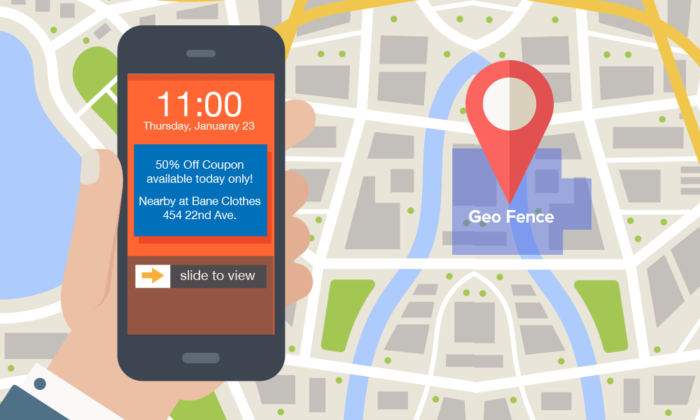
Tips for Successful Geofencing Campaigns
Creating successful geofencing campaigns requires careful planning and execution. Here are some tips to help you create effective and engaging geofencing campaigns:
- Define Clear Objectives: Clearly define your campaign objectives and goals. Are you looking to drive foot traffic to your store, increase online sales, or raise brand awareness? Understanding your objectives will help you tailor your campaigns and measure their success.
- Target the Right Locations: Identify the locations that are most relevant to your business and target audience. By creating geofences around these locations, you can ensure that your marketing messages reach the right people at the right time.
- Personalize Your Messages: Deliver personalized and relevant messages to your target audience. By tailoring your messages to the interests and preferences of your audience, you can increase engagement and conversion rates.
- Timing is Key: Consider the timing of your messages. Sending messages at the right time, such as during peak shopping hours or before a major event, can significantly increase their effectiveness.
- Monitor and Optimize: Continuously monitor the performance of your geofencing campaigns and make necessary optimizations. Analyze data, such as click-through rates, conversion rates, and customer feedback, to identify areas for improvement and maximize the effectiveness of your campaigns.
By following these tips, businesses can create successful geofencing campaigns that drive real results and maximize their return on investment.
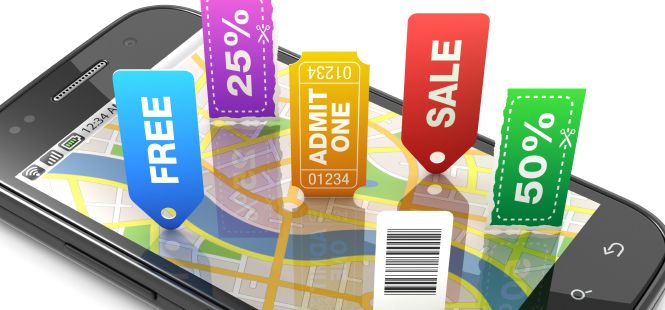
Case Studies of Successful Affordable Geofencing Campaigns
To illustrate the effectiveness of affordable geofencing, let’s take a look at some case studies of businesses that have successfully implemented geofencing campaigns on a budget:
- Case Study 1: Local Restaurant: A local restaurant used geofencing to target potential customers within a 5-mile radius of their location. By sending personalized offers and messages to users in the area, the restaurant was able to increase foot traffic by 20% and boost sales by 15% within the first month of implementing the geofencing campaign.
- Case Study 2: E-commerce Store: An e-commerce store implemented geofencing to target users who had abandoned their shopping carts. By sending personalized messages and offers to these users when they were near a physical store location, the e-commerce store was able to recover 40% of abandoned carts and increase overall sales by 10%.
- Case Study 3: Event Venue: An event venue used geofencing to target potential attendees of a local music festival. By creating a geofence around the festival location and sending event details and ticket offers to users within the area, the venue was able to increase ticket sales by 25% and attract a larger audience to their own events.
These case studies demonstrate the power of affordable geofencing in driving real results for businesses. By implementing targeted and personalized geofencing campaigns, businesses can effectively engage with their target audience and achieve their marketing objectives.
Geofencing Tools and Resources for Small Businesses
Implementing an affordable geofencing strategy doesn’t have to be daunting for small businesses. Here are some geofencing tools and resources that can help small businesses get started:
- Google Ads: Google Ads offers geofencing capabilities that allow businesses to target potential customers based on their physical location. Businesses can create geofences around specific locations and display targeted ads to users within those areas.
- Facebook Ads: Facebook Ads also provides geofencing options, allowing businesses to target potential customers based on their location. By creating geofences around specific areas, businesses can deliver personalized ads to users within those areas, increasing the chances of engagement and conversion.
- Geofencing Platforms: There are several geofencing platforms available that cater specifically to small businesses. These platforms offer affordable pricing options and user-friendly interfaces, making it easier for small businesses to implement and manage geofencing campaigns.
- Online Tutorials and Guides: There are numerous online tutorials and guides available that provide step-by-step instructions on how to implement geofencing campaigns. These resources can help small businesses navigate the process and optimize their geofencing efforts.
By utilizing these tools and resources, small businesses can effectively implement geofencing campaigns on a budget and drive real results for their business.

How to Measure the Success of Your Geofencing Efforts
Measuring the success of your geofencing efforts is crucial for optimizing your campaigns and maximizing their effectiveness. Here are some key metrics to consider when measuring the success of your geofencing campaigns:
- Click-Through Rates (CTR): Measure the percentage of users who clicked on your geofencing ads or messages. A higher CTR indicates that your ads or messages are engaging and compelling to your target audience.
- Conversion Rates: Measure the percentage of users who took a desired action, such as making a purchase or visiting your store, after receiving your geofencing ads or messages. A higher conversion rate indicates that your geofencing campaigns are effectively driving user engagement and conversion.
- Foot Traffic: Measure the increase in foot traffic to your store or business location after implementing geofencing campaigns. Tracking foot traffic can help you assess the impact of your geofencing efforts on driving physical visits.
- Customer Feedback: Collect customer feedback and assess customer satisfaction levels. This can be done through surveys, reviews, or direct feedback. Positive customer feedback indicates that your geofencing campaigns are resonating with your target audience and providing a positive customer experience.
- ROI (Return on Investment): Calculate the return on investment of your geofencing campaigns by comparing the cost of implementing the campaigns to the revenue generated as a result. A positive ROI indicates that your geofencing efforts are generating a return and contributing to your business’s bottom line.
By analyzing these metrics and continuously monitoring the performance of your geofencing campaigns, you can make data-driven decisions and optimize your efforts for maximum impact.
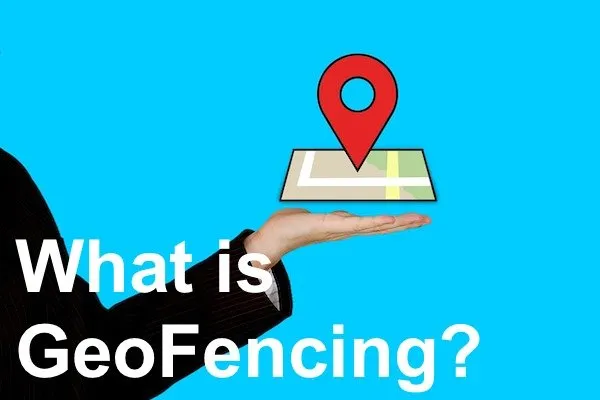
Conclusion: Harnessing the Power of Affordable Geofencing for Your Business
Affordable Geofencing offers businesses a cost-effective way to reach their target audience and drive more traffic to their business. By leveraging the power of geofencing, businesses can create virtual boundaries around specific locations and deliver personalized and relevant messages to potential customers within those areas.
Geofencing provides a wide range of benefits for businesses, including targeted marketing, increased foot traffic, competitive advantage, enhanced customer experience, and valuable data insights. With the right geofencing strategy and platform, businesses can effectively engage with their target audience and drive real results.
Implementing an affordable geofencing strategy doesn’t have to be complicated. By defining clear objectives, targeting the right locations, personalizing messages, and continuously monitoring performance, businesses can create successful geofencing campaigns on a budget.
Small businesses can also take advantage of geofencing tools and resources, such as Google Ads and Facebook Ads, to implement


